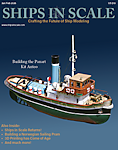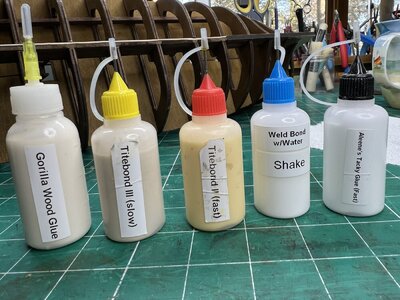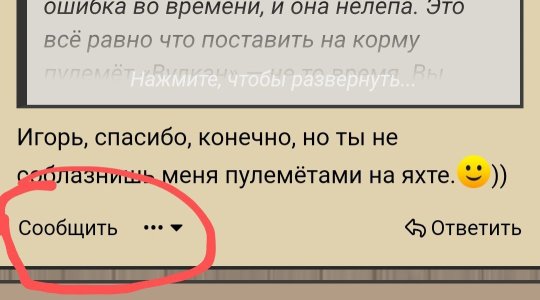New shipwright, long time chemist. Sorry in advance for my compulsion to draw chemical structures, please don't fall asleep.
Wet white glue, PVAc, is a precursor polymer for polyvinyl alcohol, PVA, the dry polymer which bonds your work. Plain PVA is a polyalcohol and can be dissolved in water or alcohol ("like dissolves like"). The precursor polymer, PVAc, is insoluble in water but dissolves well in acetic acid, also known as white vinegar. Again, "like dissolves like", see the structures below. If you put something on with white glue, a mixture of vinegar and water is helpful as most people are pulling apart a partially cured joint (less than 24-48 hours in normal humidity). Isopropanol should work too and dissolves both the precursor and final product, although its more likely to make PVAc gummy.
View attachment 343133
View attachment 343134
Vinegar and water might be the better bet but I've never set up a controlled apples:apples comparison. The acetic acid fumes are less noxious than isopropanol and isopropanol is flammable (let extra air in the shop). My experience is that 99% isopropanol doesn't work well and that the 70% concentration works better, maybe it's the 30% water that helps. Warm water works best. Don't use hot water with vinegar or the vinegar will partially evaporate and reak, and definitely don't heat isopropanol at any concentration for any reason!
Remember, like dissolves like (sorry if I am bringing back high school or college trauma). Methanol and ethanol work on PVAc too, but my opinion is that IPA is your best bet if you really want to use an alcohol, considering safety and availability. 70% isopropanol is used on skin all the time to clean up cuts. Don't use beer.

If you go the Weldbond route, the manufacturer's recommendation is cold water on liquid glue if you can get to it quickly and acetone to dissolve dried glue. Acetone is workable but the fumes are strong and the vapor is flammable. Use LOTS of extra air in the shop. I'm not sure what acetone does to the condition of wood, maybe others can comment. I requested more info on the chemistry of Weldbond from the manufacturer. I am excited to get a little experience with this adhesive at Donnie's suggestion. I like the idea of a magical adhesive that dries faster than PVA, bonds metal, and has his stamp of approval. If I learn more, I'll share.
Finally, chemist tips.
1. Wear eye protection, you should already be wearing it in the shop anyway.
2. Wear nitrile gloves when working with solvents, especially when handling IPA for periods of time and acetone for any amount of time.
3. Don't be tempted to save money by buying the large economy bottle of organic solvents like acetone unless you really go through a lot of it in a short period of time. Flammable chemicals with noxious fumes are more manageable, in many ways, in smaller-sized portion. I know model shipbuilding has a reputation for being cheap (except tools, that's an XY chromosome thing), but when it comes to chemicals, less is more.
Glenn





 ... I mixed a little water to thin the Weld Bond. I glued a few small pieces of 1x4mm strips together last night. Works just like the thicker Weld Bond. Wood breaks before the joint comes apart. Thanks Donnie. Added Weld Bond back to my collection of wood glues. Can't have too many you know.
... I mixed a little water to thin the Weld Bond. I glued a few small pieces of 1x4mm strips together last night. Works just like the thicker Weld Bond. Wood breaks before the joint comes apart. Thanks Donnie. Added Weld Bond back to my collection of wood glues. Can't have too many you know. 







